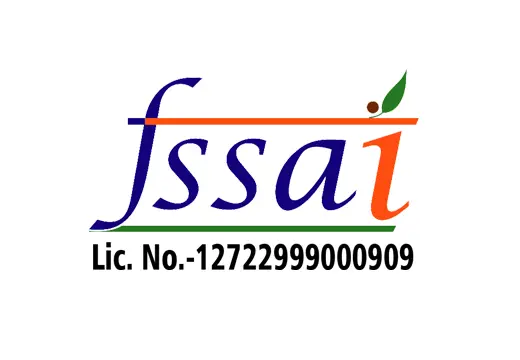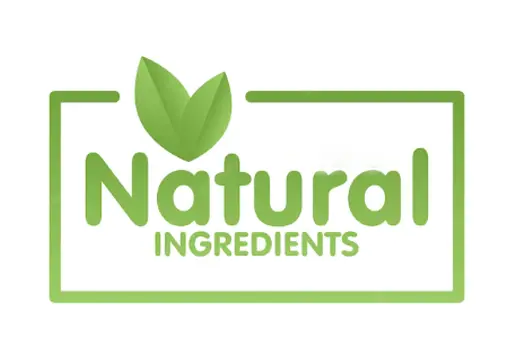Geranylgeraniol Background & Benefits
Geranylgeraniol (GG) is a substance formed in the human body through a biochemical pathway called the mevalonate pathway. This is the same biochemical pathway through which cholesterol, CoQ10, dolichol, and heme A are produced.
The isoprenoid pathway plays a critical role in a number of cellular processes in the body. Generates ATP - the energy that all cells use, keeps our mitochondria healthy.
In the body, GG is converted to the "activated" form called geranylgeranyl pyrophosphate (GGPP). When taken orally, GG is activated and incorporated into the isoprenoid pathway.
Unfortunately, as we age, our GG levels decrease. Certain drugs also inhibit the mevalonate pathway, namely statins and bisphosphonates (the latter are prescribed to treat osteoporosis). By inhibiting the mevalonate pathway, these drugs also inhibit GG and CoQ10.
It has been scientifically proven that the reduction of GG is responsible for many of the common side effects that occur when taking statins, namely muscle pain and muscle weakness. Supplementing with GG can help mitigate the side effects of statins and support healthy ageing in general. GG does not interfere with statins in lowering cholesterol.
GG is ubiquitous in nature. It is an antecedent to carotenoids, certain vitamins and chlorophyll. So if you see a yellow/orange/red color in plants, you know GG is present! GG is also found in cooking oils such as olive oil, linseed oil, and sunflower oil.
GG is used by the body for protein synthesis as well as for another process, post-translational modification of proteins. Post-translational modification means that the protein is altered after it has been synthesized in the cells.
The specific posttranslational modification of GG and its smaller sibling farnesyl (a precursor of GG) is a process called protein prenylation.
Numerous important cellular proteins are prenylated, and these proteins are involved in regulating a variety of functions, including signal transduction (the way cells understand what is going on outside the cell), protein synthesis, cell formation, growth and movement, protein incorporation into membranes, and membrane structure, to name a few! As you can see, prenylation of proteins by GG is essential for normal cell function!
Researchers have called GG "the major target of statin-dependent myotoxicity" and have concluded that statin-induced muscle damage is "the result of a geranylgeranylation defect." Statin-induced loss of GG-dependent protein prenylation affects particularly muscle cells and other cells in general. Several cell-based studies show that co-administration of GG with statins restores cell growth, DNA synthesis, and cell division in muscle cells. Fortunately, supplementation with GG provides a simple means to restore proteins formed from GG.
Statins reduce CoQ10 and GG. This is because CoQ10 requires GG for its synthesis. Research shows that adding GG is more effective in eliminating the negative effects of statin.
Statins also reduce vitamin K2 by inhibiting GG via the mevalonate pathway. Decreased vitamin K2 levels accelerate arterial calcification in individuals taking statins. In cell culture and animal studies, the addition of GG restored vitamin K2 levels in the presence of statins.
Uses of Geranylgeraniol
The most common reason for taking GG is to treat the side effects of statins. Others take geranylgeraniol to support healthy cellular function, especially over the age of 40.Muscle pain and weakness are the most common side effect in statin users. Research suggests that decreased GG levels are the primary cause, with decreased CoQ10 levels also likely playing a role.
Signs that you need geranylgeraniol
If you suffer from the side effects of statins or bisphosphonates, you may benefit from taking GG. In addition, older adults who feel sluggish or suffer from lack of energy may benefit from GG.





